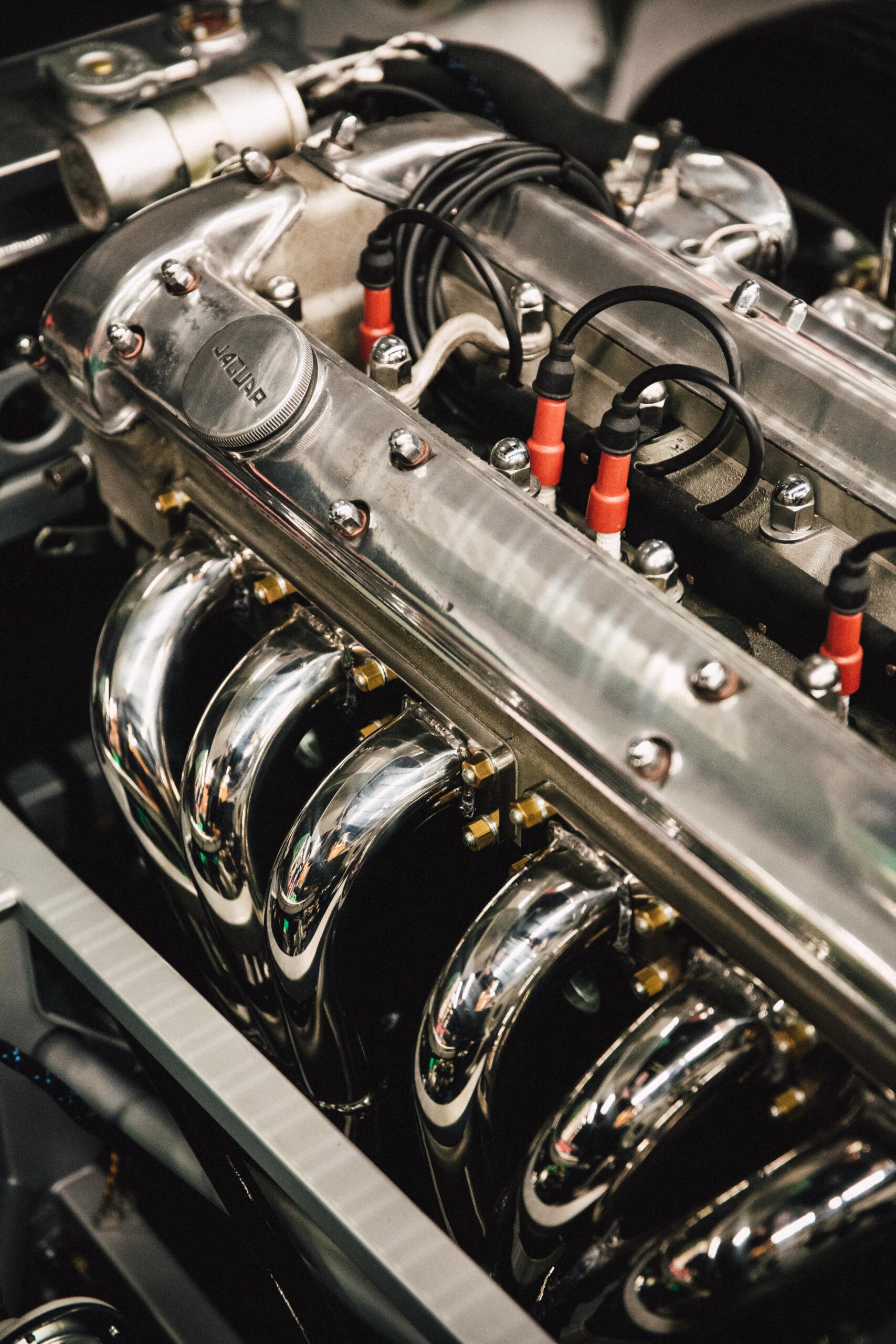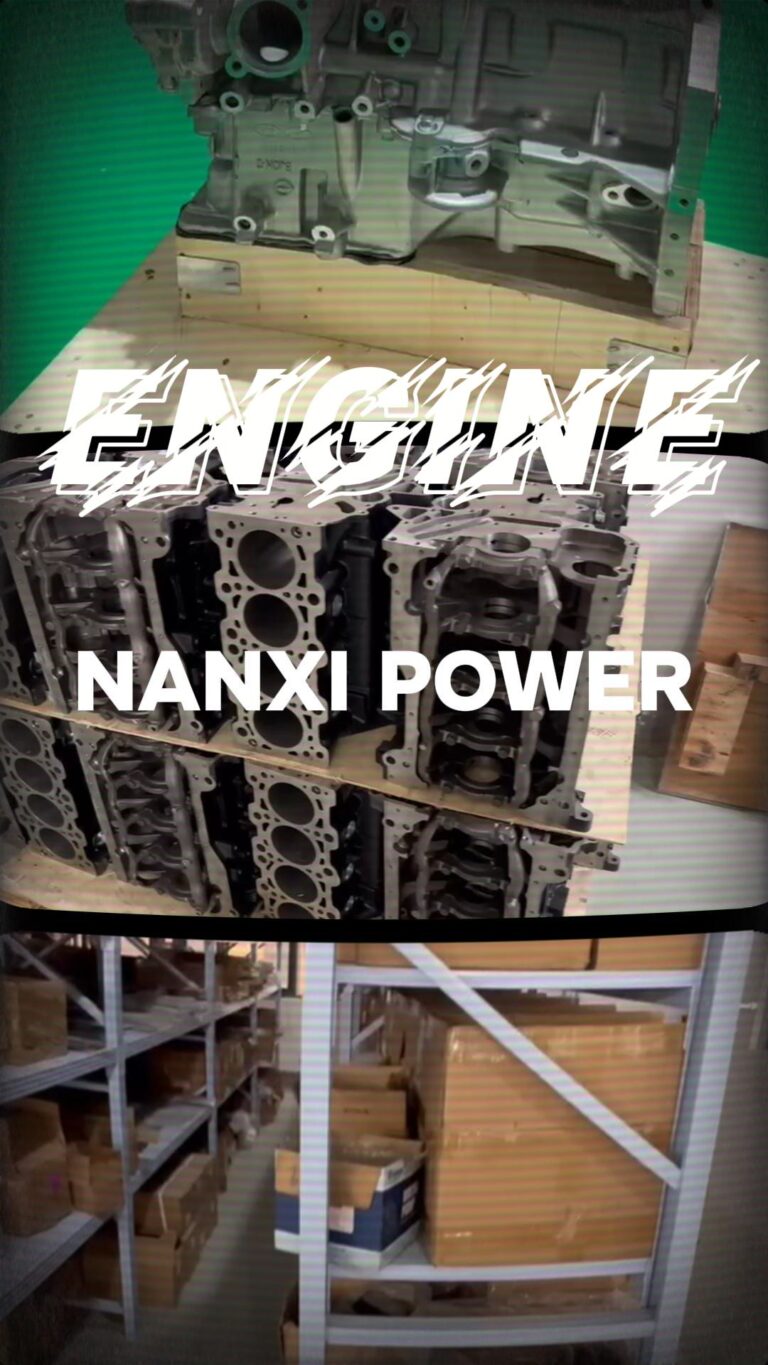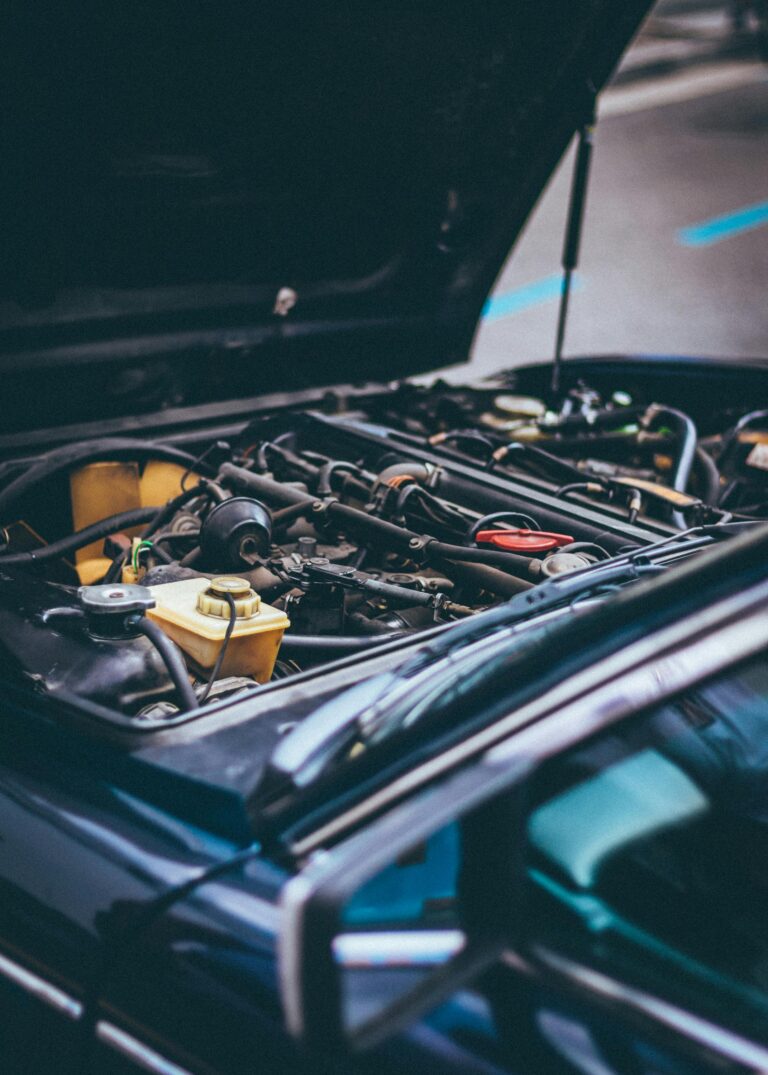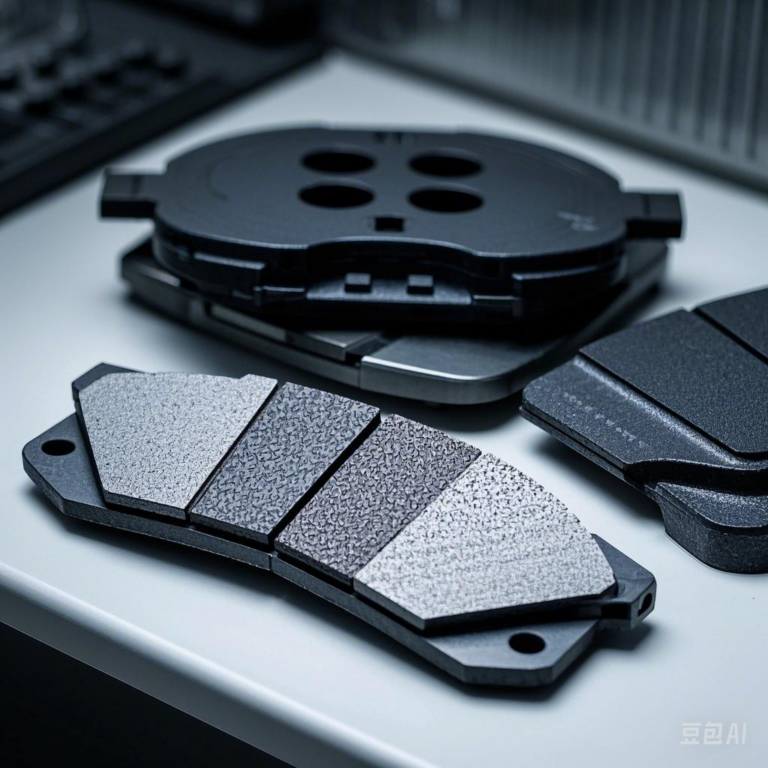
Knowledge of Cruze Engine Repair
I. Overview of Cruze Engine
Cruze, as a popular model under Chevrolet, is equipped with various engine models, among which the common ones include 1.6L and 1.8L naturally aspirated engines as well as 1.4T turbocharged engines. These engines incorporate multiple technologies of General Motors, aiming to achieve a balance between good power performance and fuel economy, while meeting the demands of daily driving and certain sporting needs. For example, the 1.4T engine combines turbocharging and direct injection technologies, enabling it to output relatively high torque in the lower speed range, making the vehicle’s starting and acceleration more brisk.
II. Common Faults and Repair Methods
(A) Difficult Engine Start
Fault Causes:
Insufficient battery power, unable to provide sufficient starting current. In a low-temperature environment in winter, the battery performance declines more obviously, and this problem is more likely to occur.
Fuel pump failure, unable to deliver fuel to the engine normally. The clogging of the fuel pump filter screen or the wear inside the pump body may lead to insufficient fuel pressure.
Poor ignition of spark plugs. The severe wear, heavy carbon deposition, or excessive gap of the spark plug electrodes affects the ignition energy, making it difficult to ignite the mixture.
Repair Methods:
Use a multimeter to measure the battery voltage. The normal no-load voltage should be around 12.6V, and the voltage during starting should not be lower than 9.6V. If the voltage is too low, the battery needs to be charged or replaced with a new one. Before winter comes, it is advisable to check the battery status in advance and take necessary warming measures if needed.
Check the working condition of the fuel pump. When starting the engine, listen to whether the fuel pump is operating normally. If the fuel pump is suspected to be faulty, it is necessary to disassemble the fuel pump, clean the filter screen, and replace the pump body if it is damaged. Ensure that the fuel pipelines are tightly connected without leakage.
Replace the spark plugs regularly, generally every 30,000 – 40,000 kilometers. After removing the spark plugs, observe the state of the electrodes. If there is carbon deposition, it can be cleaned with a spark plug cleaner. If the wear is severe or the gap does not meet the standard (generally 0.8 – 1.2mm), replace the spark plugs and tighten them to the specified torque during installation.
(B) Abnormal Engine Vibration
Fault Causes:
Dirty throttle valves. Dust and oil sludge accumulate on the throttle valve plates and their surroundings, resulting in inaccurate control of the air intake volume and an unbalanced mixture ratio.
Aging, cracking, or breaking of engine mount rubbers, unable to effectively buffer the vibration generated during engine operation and transmitting the vibration to the vehicle body.
Ignition coil failure. The damage of individual ignition coils causes the spark plugs of the corresponding cylinders to fail to ignite normally, leading to unbalanced engine operation.
Repair Methods:
Clean the throttle valves. Use a special throttle valve cleaner. After disassembling the throttle valves, carefully wipe the valve plates and inner walls to remove dirt. After cleaning, throttle valve matching is required to make the engine idle speed return to normal. This can be accomplished with the help of a professional diagnostic instrument.
Check the engine mount rubbers. Visually inspect the appearance for any damage, and press the mount rubbers to feel their elasticity. If they are aged or damaged, replace the entire set of mount rubbers. When replacing, follow the correct sequence to disassemble the old parts and install the new ones, and tighten the fixing bolts to the specified torque.
Test the ignition coils. Use a multimeter to measure the primary and secondary resistance values of the ignition coils and compare them with the standard values (the standard values vary for different vehicle models). If the resistance is abnormal, replace the ignition coils and ensure that the connection between the spark plugs and the ignition coils is reliable.
(C) Engine Overheating
Fault Causes:
Insufficient coolant, which may be due to coolant leakage or failure to replenish the normal consumption in time, resulting in poor engine heat dissipation.
Thermostat failure. The thermostat fails to open or close normally, obstructing the circulation of coolant between the engine and the radiator and preventing the engine heat from being effectively dissipated.
Radiator clogging. The cooling fins are covered by dust, catkins, insect remains, and other debris, or the internal pipelines of the radiator are scaled, reducing the heat dissipation efficiency.
Water pump failure. The wear, corrosion, or seal failure of the water pump impeller cannot provide sufficient power for the coolant circulation, slowing down the coolant flow rate.
Repair Methods:
Regularly check the coolant level, which should be within the mark range of the coolant expansion tank. If the level is too low, add coolant that meets the vehicle specifications. At the same time, check all components of the cooling system for leakage, such as water pipe joints, radiators, water pumps, cylinder block water jackets, etc. If any leakage is found, repair or replace the damaged parts in time.
Test the thermostat. Place the thermostat in water and heat it to observe whether its opening and closing temperatures meet the requirements of the vehicle engine (generally, the opening temperature is 80 – 90°C, and the full opening temperature is 95 – 105°C). If the thermostat fails, replace it with a new one and ensure correct installation.
Clean the radiator. First, use compressed air to blow away dust and debris from the back of the radiator. If the dirt is severe, a special cleaner can be used for cleaning. Note that the pressure should not be too high to avoid damaging the cooling fins. For the internal scaling problem, chemical cleaning methods can be adopted or the radiator can be replaced.
Check the water pump. If the water pump makes abnormal noises, leaks, or the impeller rotates inflexibly, it is necessary to disassemble and replace the water pump. When installing the new water pump, pay attention to adjusting the belt tension to ensure the normal operation of the water pump.
III. Repair Precautions
Before repair, it is essential to understand the specific model and relevant technical parameters of the Cruze engine, so as to accurately determine the fault cause and select appropriate repair tools and accessories. For example, the spark plug specifications and fuel pump pressure requirements vary for different engine models.
When disassembling engine components, strictly follow the operation sequence stipulated in the repair manual and keep each part properly to prevent parts from being lost, confused, or damaged. For some precision parts, such as valves and pistons, more attention should be paid to protection.
Use special tools for operations, such as spark plug sockets, throttle valve cleaner spray guns, fuel pump disassembly tools, etc. This can not only improve the repair efficiency but also ensure the accuracy of operations and avoid unnecessary damage to the engine.
When replacing parts, give priority to original factory parts or reliable aftermarket parts that meet the original factory standards to ensure the performance, reliability, and durability of the engine. Non-standard parts may lead to frequent faults and affect vehicle safety.
After the repair is completed, conduct a comprehensive and detailed inspection and debugging, including starting the engine to observe whether the idle speed, acceleration, and deceleration are smooth and normal, checking for leakage of coolant, fuel, and oil, listening for any abnormal noises from the engine, and ensuring that the engine repair quality meets the standards and the vehicle can operate safely and reliably.
[It is recommended that during the actual learning and repair process, you combine relevant pictures and video materials of Cruze engine repair to more intuitively understand the repair steps and operation details. You can search for pictures such as the steps of replacing spark plugs of the Cruze engine, the on-site picture of cleaning the throttle valve, and the process picture of disassembling the radiator to assist in mastering the knowledge points.]
It is hoped that the above knowledge of Cruze engine repair can help car owners and maintenance personnel efficiently solve engine problems and keep Cruze in good running condition.



